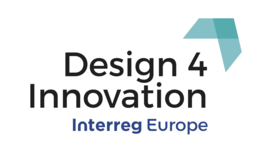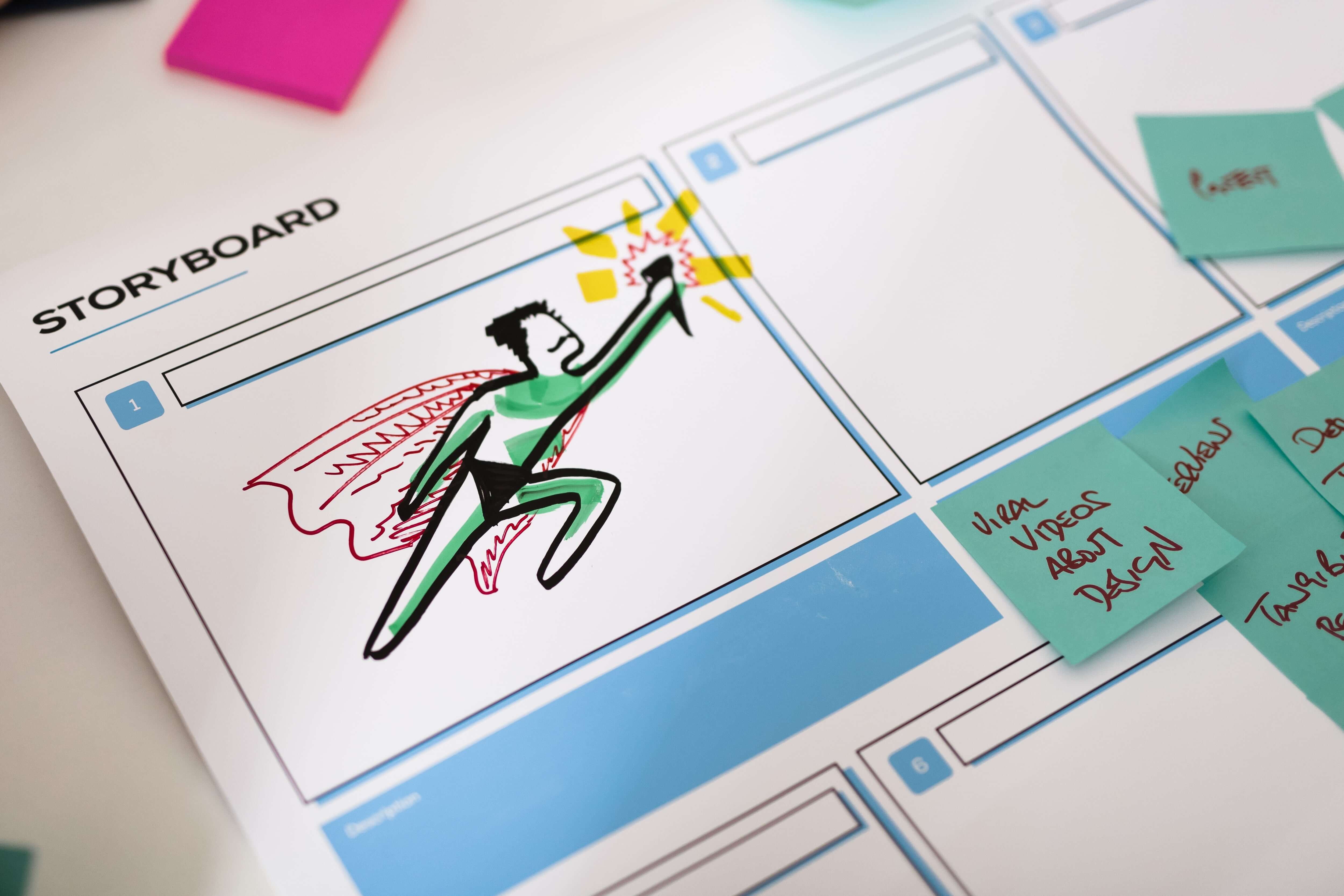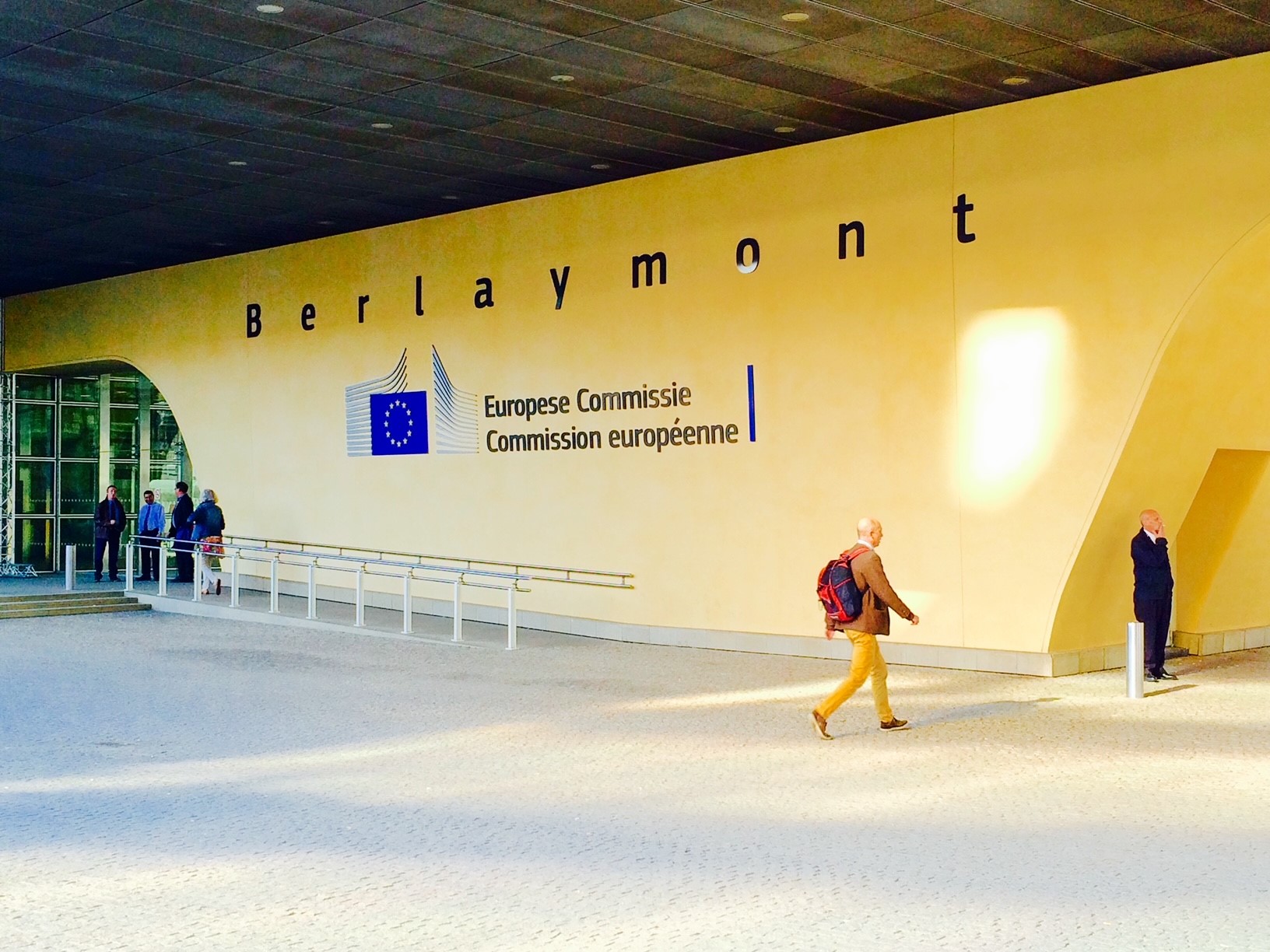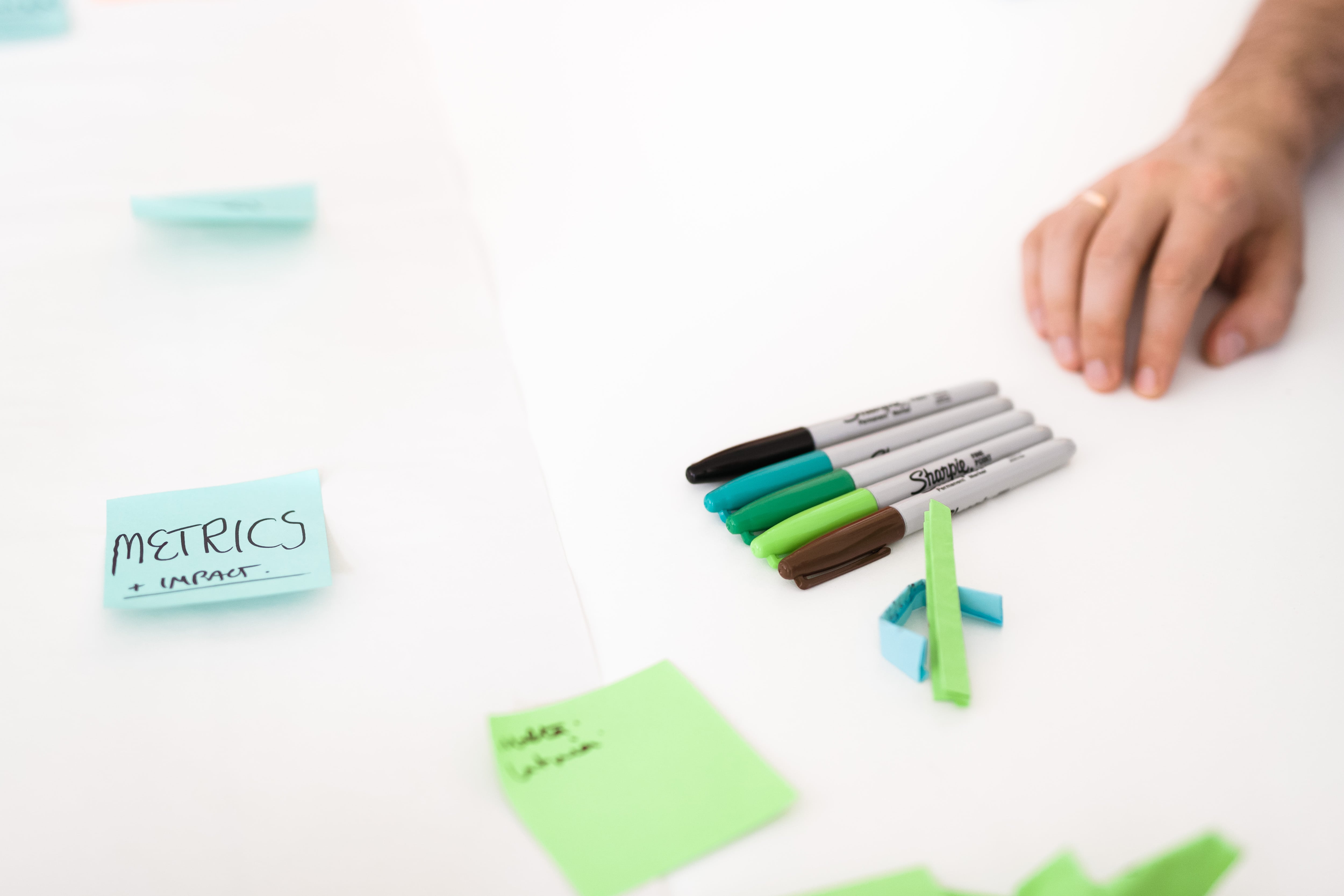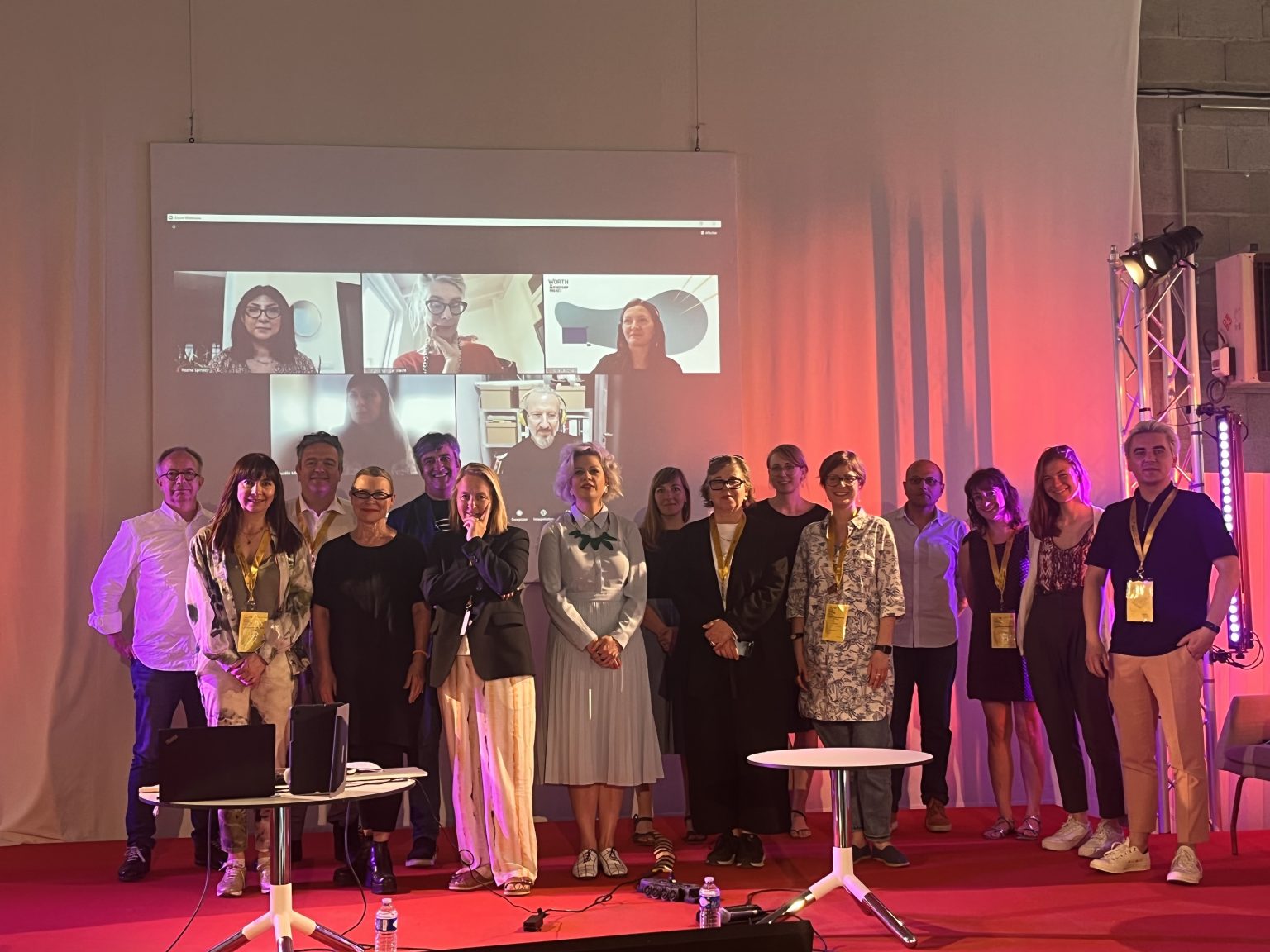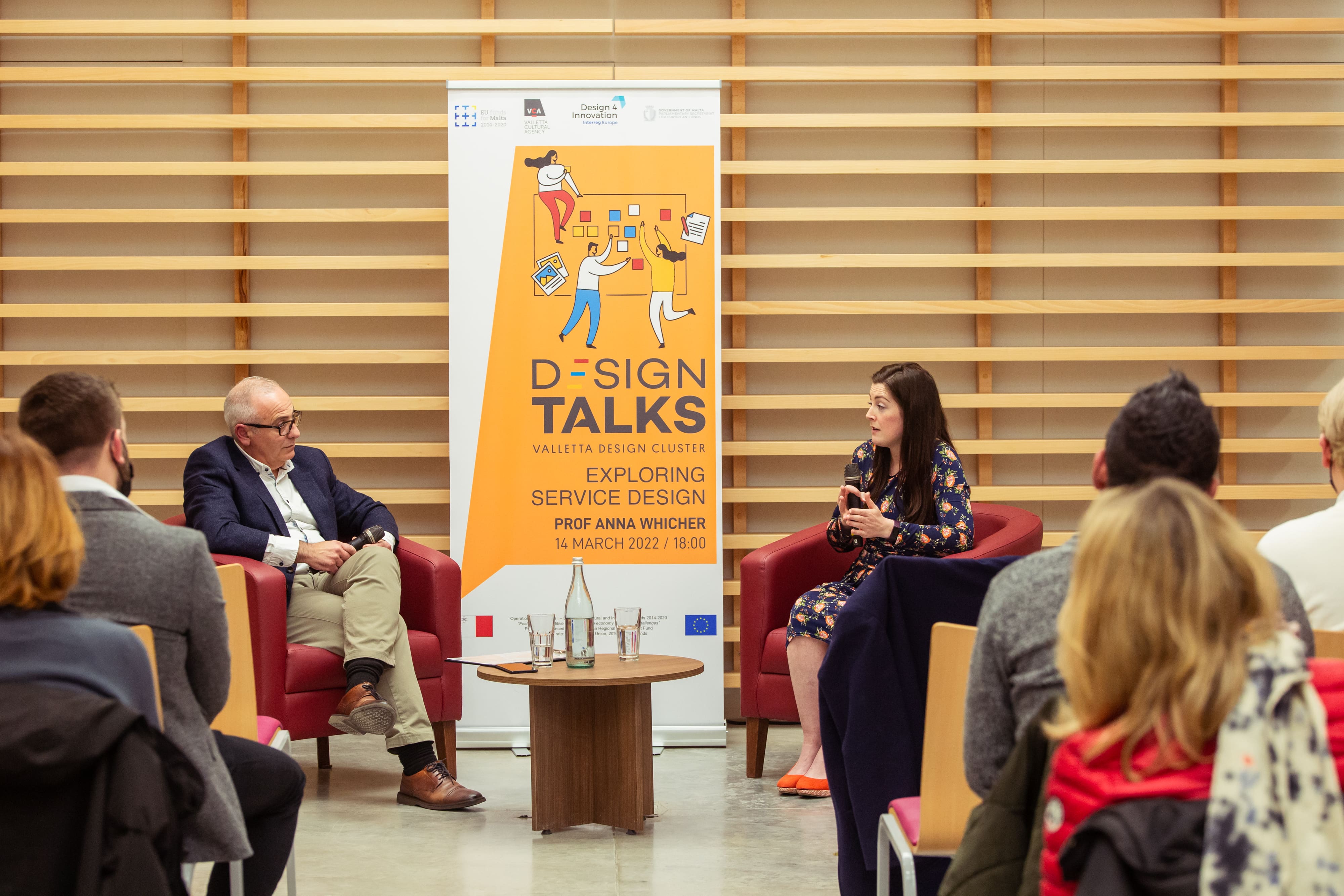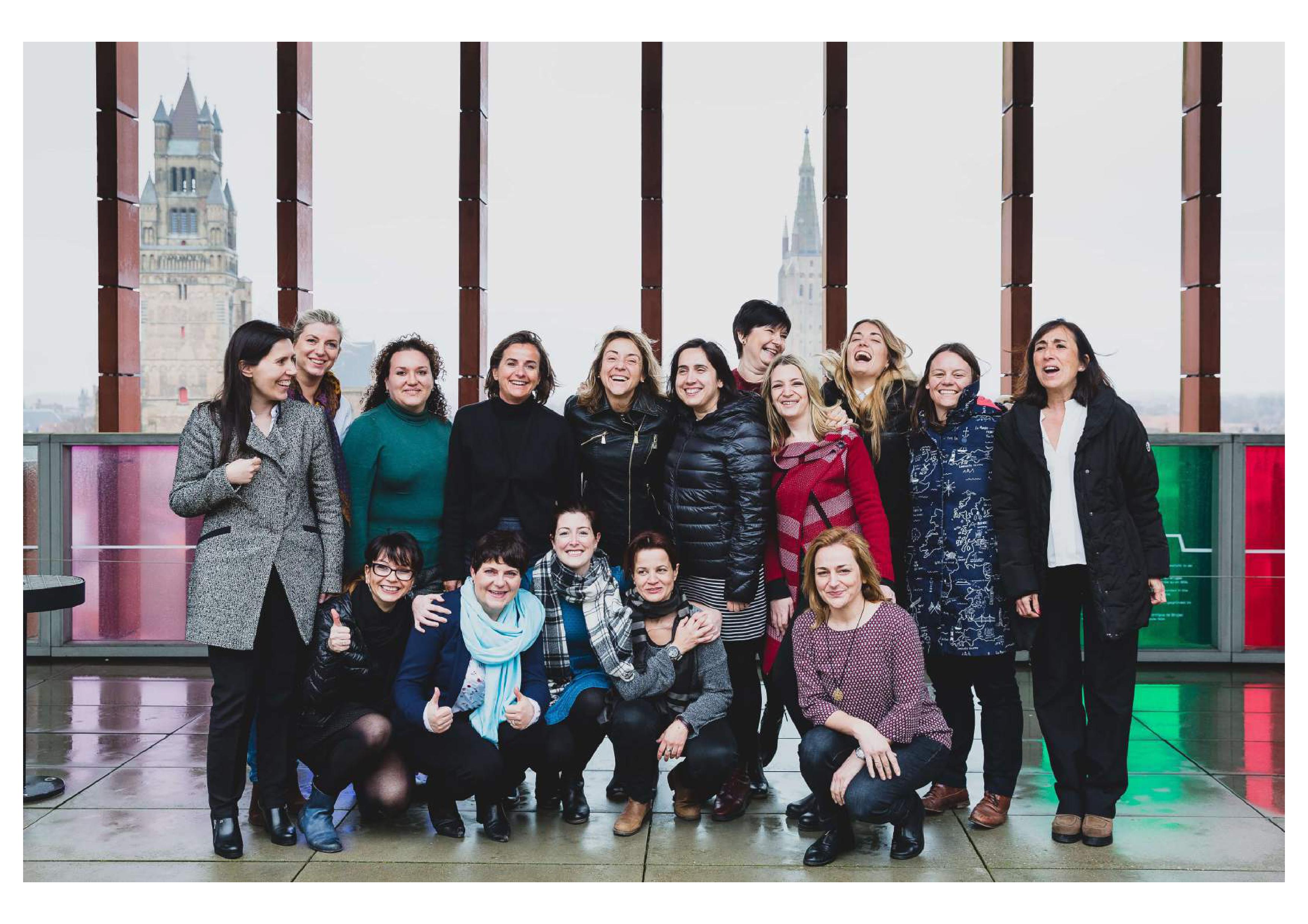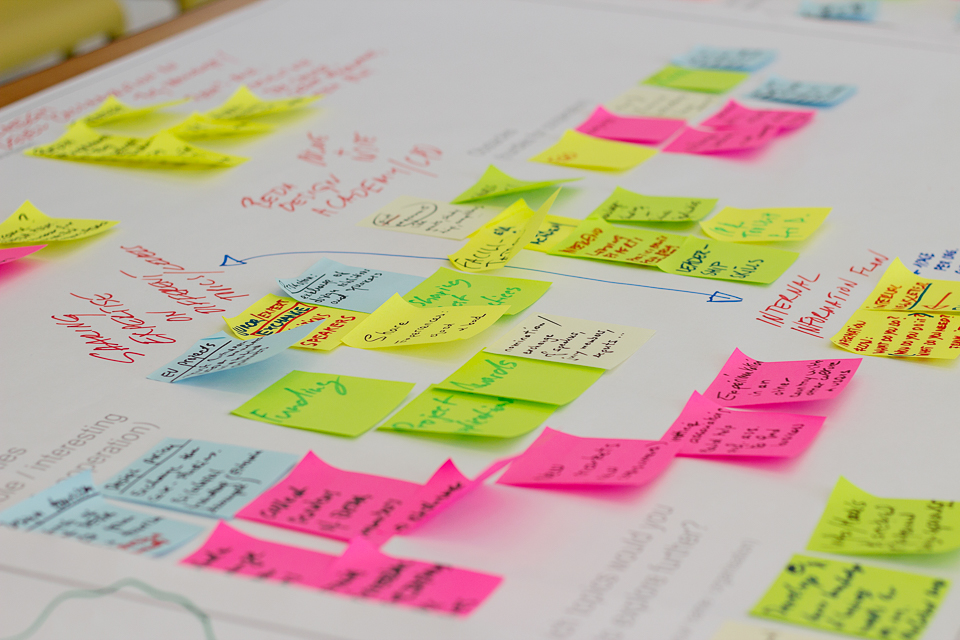In recent decades design significantly evolved from a narrow focus on graphics and objects to become a universal method applicable to most of societal and business matters. Along this evolution the understanding of design has grown among entrepreneurs, policymakers and general public. People increasingly understand that design is not mainly about how well things look but how things work and how they fit into our ecosystems.
This shift in understanding and mainstreaming of design method would not happen, or at least not in this pace, without 'design advocates'. Design advocate could be an organisation or an individual that promotes best design practice and show its value in a given context. Having experienced the transformative power of design, we could say that now all Design4Innovation partners are such advocates. At our last, remote, partnership workshop we discussed ways in which we can continue our mission to promote design in our regions that brings best impacts for people and planet.
We identified four main routes to design advocacy (non-exhaustive list) through:
- Organised, formal sectoral and professional networks.
- Contributing design expertise in committees and forums not directly linked to design.
- Public talks and writing.
- Informal networks.
Currently, there are several organisations whose main mission is to promote good design. World Design Organisation (WDO), International Council of Design or UNESCO Network of Cities of Design operate on a world-wide scale. Bureau of European Design Associations (BEDA) in turn is the main design advocacy body in Europe. Since its establishment in 1969, BEDA have worked ceaselessly to champion design and bring together design organisations from across Europe. BEDA has evolved with design itself as it has come to be seen as a discipline that can bring about far-reaching transformation in business, society, national economies and quality of life. In 1992, BEDA organised the First European Design Congress in Essen together with the European Community's working party on design, under the title "Design quo vadis? Strategies and Tools for the Future of European Design." A cascade of engagement with the European Commission over the years led from publication of the EC's working document 'Design as a Driver of User-centred Innovation' in 2009; through design becoming on of ten priorities of 2010 European Innovation Union policy; adoption of the 'Action Plan for Design-driven Innovation' in 2013 and most recently design becoming a key founding process and element of the New European Bauhaus initiative.
In the UK, there is an opportunity to engage directly with the Members of Parliament through The All-Party Parliamentary Design and Innovation Group. APDIG is a cross-party coalition of Parliamentarians and design sector organisations that works to develop new design policy ideas, critique existing government decision-making around design, communicate within Parliament the potential value of design, and help the design community better engage with the policy process.
Another example of championing good design is the Mayor of London’s initiative called... 'Design Advocates'. They are 42 independent experts who will ensure quality buildings and public spaces that benefit Londoners are at the heart of the capital’s recovery from the pandemic.
Design advocacy needs to be relentless to ensure our regions are shaped according to the best standards and that is what Design4Innovation partners are committed to continue to do in years to come.
